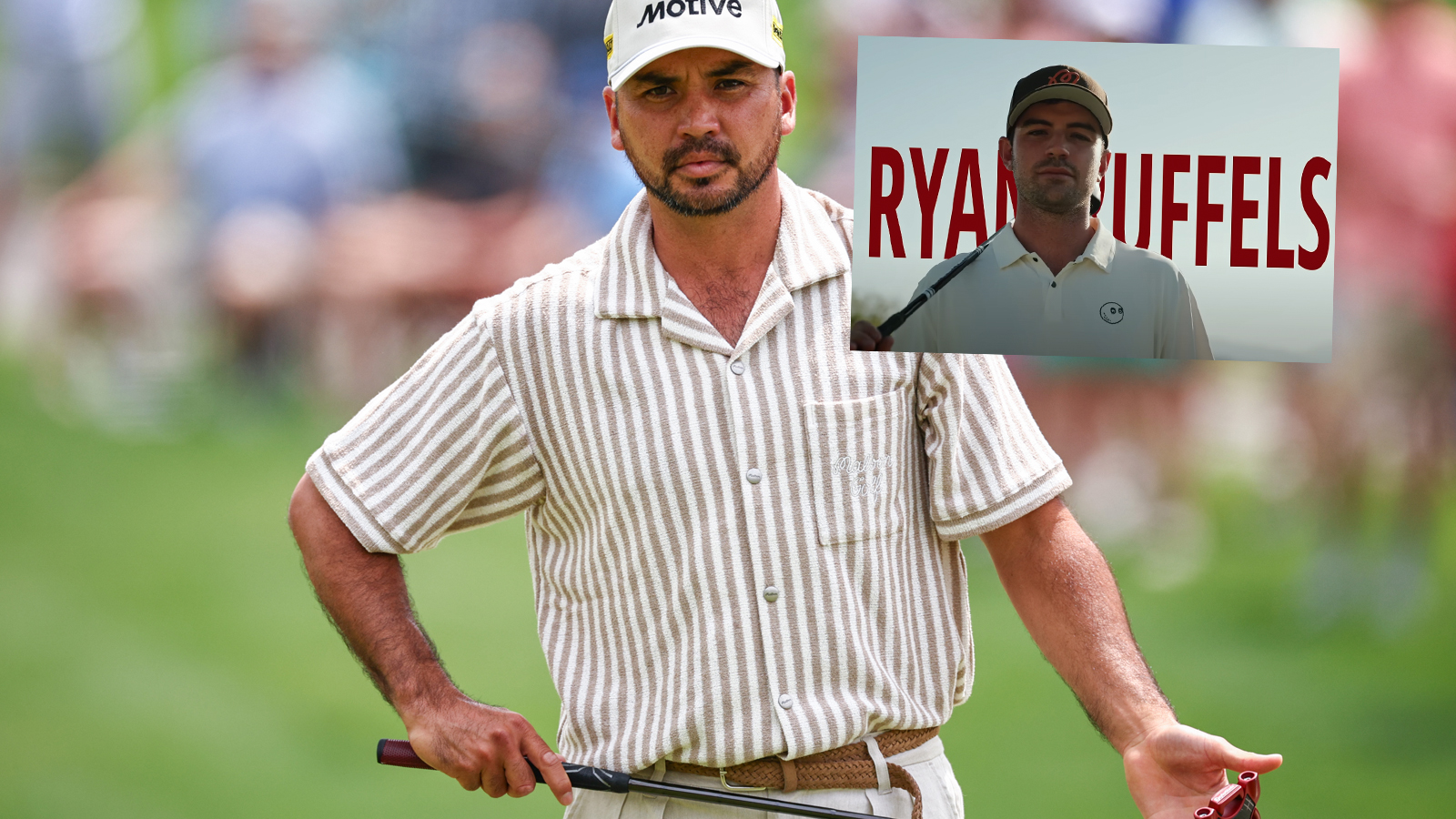Two Rules You Wish You Could Change (But Can’t) – Australian Golf Digest

- by Admin
- November 12, 2024

Why these bad breaks are just tough luck
Whether you’re new to the game or have been playing for years, you’ve probably experienced the deflating feeling of hitting a great drive down the middle of the fairway that settles in a hole created by someone else’s shot. Or perhaps you missed the fairway and could have had a clean shot into the green if not for the fact there’s a sprinkler-control box a few paces in front of you.
In both cases, you’re probably thinking you deserve a better fate. You’ll get no disagreement here- – those are tough breaks.
However, if you think the Rules of Golf should change to allow for free relief from divot holes or line-of-sight immovable obstructions such as sprinkler boxes, ball washers and benches, well, the R&A and USGA have a message for you:
“It’s fundamental to golf to play the ball as it lies, and you don’t always get a good lie,” says Craig Winter, senior director, Rules of Golf and Amateur Status for the USGA.
You might argue that divot holes, especially the ones that have been sanded, should be treated as ground under repair. As for those annoying obstructions, shouldn’t they be handled the way the professional tours handle grandstands and hospitality tents at their tournaments? The pros get free relief from temporary immovable obstructions (TIOs).
Em, no, say the rules makers – and here’s why. Let’s start with divot holes.
Although the R&A and USGA have considered handling them in another manner, there is no “practical solution” other than to leave them as just a part of the game, Winter says. If you think about it beyond the moment you’re in one, how often do you get a divot-hole lie each year? Probably not a lot.
Furthermore, if the rules makers were to treat divot holes as ground under repair, think of how many spots on the fairway would then have to be treated as this condition. They’re all over the place, they take a long time to heal, and they typically are not a focus of normal golf-course maintenance.
“Philosophically speaking, it’s hard to think of a different way we’d want to go,” Winter says.
In regard to immovable obstructions, you might wonder why the pros get to move their ball to a better location when something like a grandstand or scoreboard is blocking their line of play into a hole. The reason is that although they are immovable obstructions, they’re only present temporarily. In other words, they wouldn’t otherwise be on the golf course if not for accommodating spectators. Knowing they can unfairly interfere with play, committees can enact a Model Local Rule that allows for golfers to move their ball sideways until finding a spot where the temporary immovable obstruction no longer interferes with the shot.
“TIOs [such as a grandstand or a tent] are not normally present and are not considered to be part of the challenge of playing the course,” the rulebook says.
Keep in mind, thinking back to your errant drive that landed near a sprinkler-control box, you could take relief without penalty if it interfered with your ball, stance or intended swing (Rule 16). You just don’t get the bonus plan that the pros get. Sorry.
Feature image: Ross Kinnaird/Getty Images
The Latest News
-
December 24, 2024North Lamar Australian Basketball
-
December 24, 2024We asked Golf Digest writers the story they were proudest of in 2024, and why – Australian Golf Digest
-
December 24, 2024Blueprint for success: how Australian architects made the world take notice in 2024
-
December 24, 2024‘Novak Djokovic will only care about the Australian Open and Wimbledon’
-
December 24, 2024PNG-Australia NRL Deal: K1.7 billion economic boost and 10,300 jobs expected





